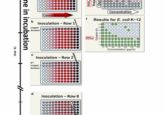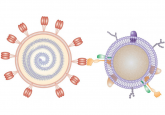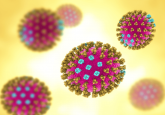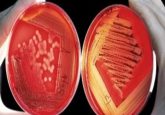Can a new nanosensor differentiate between Zika and dengue infections?
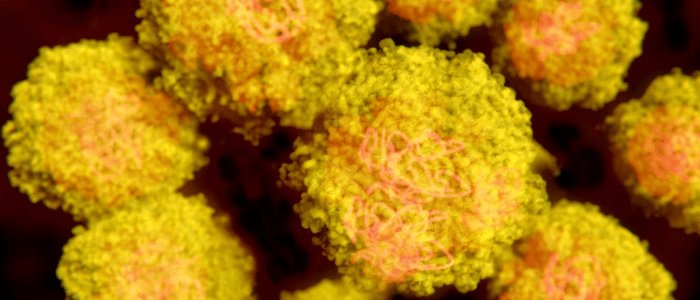
Researchers at the Federal University of Minas Gerais (Brazil) described in their research, published in Scientific Reports, the creation of new nanosensor that can more accurately identify and differentiate between Zika and dengue infections, using gold nanoparticles that absorb different wavelengths of light when bound to viral proteins.
Zika and dengue infections are notoriously difficult to differentiate between as they both belong to the Flavivirus genus in the Flaviviridae family, share more than 50% similarity in their amino acid sequence, are transmitted by mosquitos and can have long-term side effects.
Virus differentiation is extremely important to be able to accurately measure the real impact of both diseases on public health. The Pan American Health Organization reported that more than 1.8 million people are suspected to have been infected with dengue so far this year in the Americas, with 4000 severe cases and nearly 700 deaths. The World Health Organization also estimated the annual global average to be between 100 million and 400 million dengue infections. Today, there is no specific antiviral treatment for Zika virus and the search for a vaccine is still ongoing.
The authors commented:
“Diagnosing dengue virus infections is a high priority in countries affected by annual epidemics of dengue fever. The correct diagnostic is essential for patient managing and prognostic as there are no specific antiviral drugs to treat the infection.”
Flávio Fonseca (Federal University of Minas Gerais, Brazil) stated that:
“A serologic test that detects antibodies against dengue also captures Zika-generated antibodies. We call it cross-reactivity.”
Another member of the research team, Maurício Nogueira (Federal University of Minas Gerais, Brazil), explained that:
“Dengue is a disease that kills and can do so quickly if the right diagnosis is not made. As for Zika, it offers risks for fetuses to develop microcephaly, and we can’t let pregnant women spend seven or eight months wondering whether they have the virus or not.”
The researchers created four different gold nanoparticles, as the dengue virus has four variations (termed, serotypes) and covered each with a different dengue protein. An enzyme-linked immunosorbent assay (ELISA) was then applied to serum and a blood sample. The results demonstrated that sample antibodies bound with the viruses’ proteins, changed the pattern of the electrons on the gold nanoparticle surface.
Fonseca commented:
“We can see this change by applying certain frequencies of light on the nanoparticle’s surface. Dengue proteins absorbed light, Zika ones did not.”
The study claims that the new nanosensor is more precise and has a higher sensitivity compared to other blood antibody tests, such as ELISA, which is limited in its ability to differentiate between the Zika and dengue viruses. Also, the costs of this new nanosensor are expected to be similar to conventional ELISA tests.

